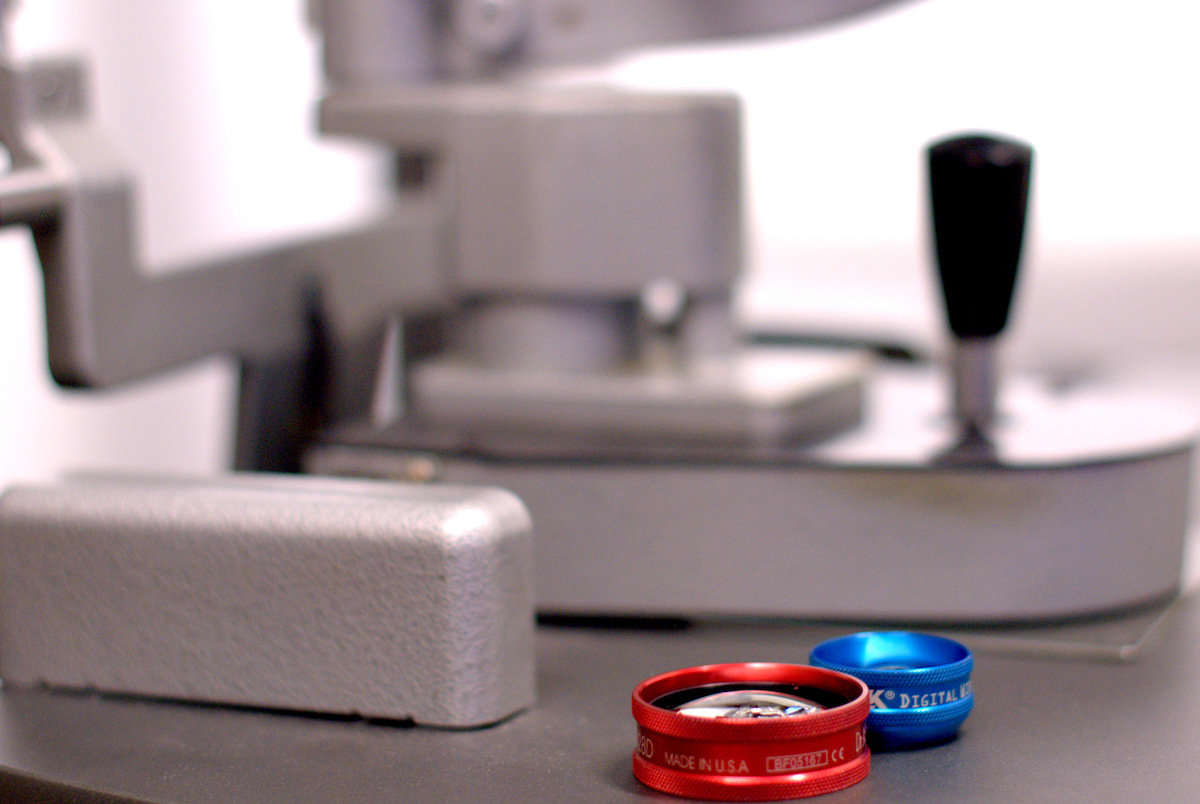What is a Retinal Detachment?
The retina is a light-sensitive layer of tissue that lines the inner surface of the eye. It captures light and sends signals to the brain that result in vision.
When a retinal detachment occurs, the retina is separated from the underlying tissue and stops functioning. Wherever the retina detaches, vision is lost and a shadow develops.
This can lead to blindness in the affected eye if it is not treated promptly. In most cases, the cause is a retinal tear or hole.

When should I see my doctor?
If you have increasing flashing lights, floaters or a shadow in your vision, or are concerned about a retinal detachment, you should urgently see your regular GP or optometrist. They can often check for a retinal detachment in their clinic, and if they are concerned, they will send you to Dr Sharma, a retinal surgeon, for review and possible treatment.
You are at greater risk of detachment if you:
- Are older
- Have had previous eye surgery
- Wear or used to wear glasses for short-sightedness (myopia)
- Have had a recent injury to your eye or head
- Have had a detachment in your other eye
- Have certain other medical conditions, such as diabetes, or have family history of retinal detachments. Check with your regular doctor about your risk.
Surgical Procedures
While a retinal tear can often be treated in our rooms with laser, a retinal detachment is a more serious condition.
Retinal detachment is an eye emergency, and it generally requires urgent eye surgery.
Vitrectomy
This is the commonest procedure for retinal detachment. Dr Sharma removes some of the fluid and any blood from the inside of the eye. Laser or freezing (cryotherapy) is applied to the retina to keep it in place, and a gas bubble or a special medical oil is infused into the eye to support the retina during recovery.
Scleral buckle
In certain types of detachment, Dr Sharma places a silicone band to the outside of the eye, which provides support for the retina. Scleral buckle surgery may be used in combination with vitrectomy, depending on the type of detachment.
Pneumatic retinopexy
This procedure is done in the clinic and is suitable for certain types of detachments. A bubble of gas is injected into the eye following which strict positioning is required to keep the bubble over the retinal hole. Laser is performed in the clinic 1-3 days after the injection.
Occasionally we may need additional procedures in the same surgery, such as combined cataract surgery, to improve our access to the detachment.
After surgery you may need to keep your head in a certain position for a few days, to help the retina stay flat. We will give you detailed instructions to get the best results.
If you have a retinal detachment, Dr Sharma will examine your eye thoroughly, and go through the procedure, recovery, risks, limitations and benefit of surgery in detail with you.

